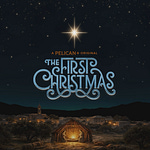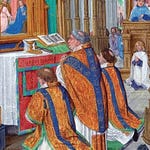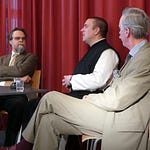History shows us that the Catholic liturgy does change over time owing to concrete decisions made here and there by individuals, like a collective literary enterprise in which many human authors contribute the successive chapters. These decisions can be either good or bad, can be evaluated as improvements or corruptions depending on their merits or demerits. The fact that we are not dealing with a purely spontaneous natural phenomenon like the growth of a plant or an animal rules out a naïvely literal application of the terms “organic” and “inorganic.” At the same time, liturgy in its slow growth over many centuries, in which the native conservatism of the Church holds on to what has been inherited, bears a great resemblance to the slow growth of a massive oak tree that becomes ever more fully what it was meant to be from the acorn onward, and which reaches a certain maturity (it does not grow forever).
In this lecture, Dr. Kwasniewski argues that we can, in fact, discern "laws of organic development" that help us to distinguish real improvements from corruptions. He offers many examples of good and bad developments, stating the reasons in each case. This enables him to offer a knock-down argument for why the traditional Roman Rite is the true and proper liturgy of the Catholic Church and why the attempt to replace it with a new rite fabricated by a committee from bits and pieces of reconstituted antiquity sifted through modern filters is necessarily radically inorganic and destructive. (Given at St. Mary Byzantine Catholic Church, Hillsborough, NJ, March 26, 2022. Includes Q&A.)
NOTE: Right around 29'20", there is a brief glitch in the audio, but only about half a word is missing. Here is what I am saying at that spot: "However, as we must always remind over-eager papal apologists, anything of any significance in the liturgy can never be considered 'merely disciplinary'..."












